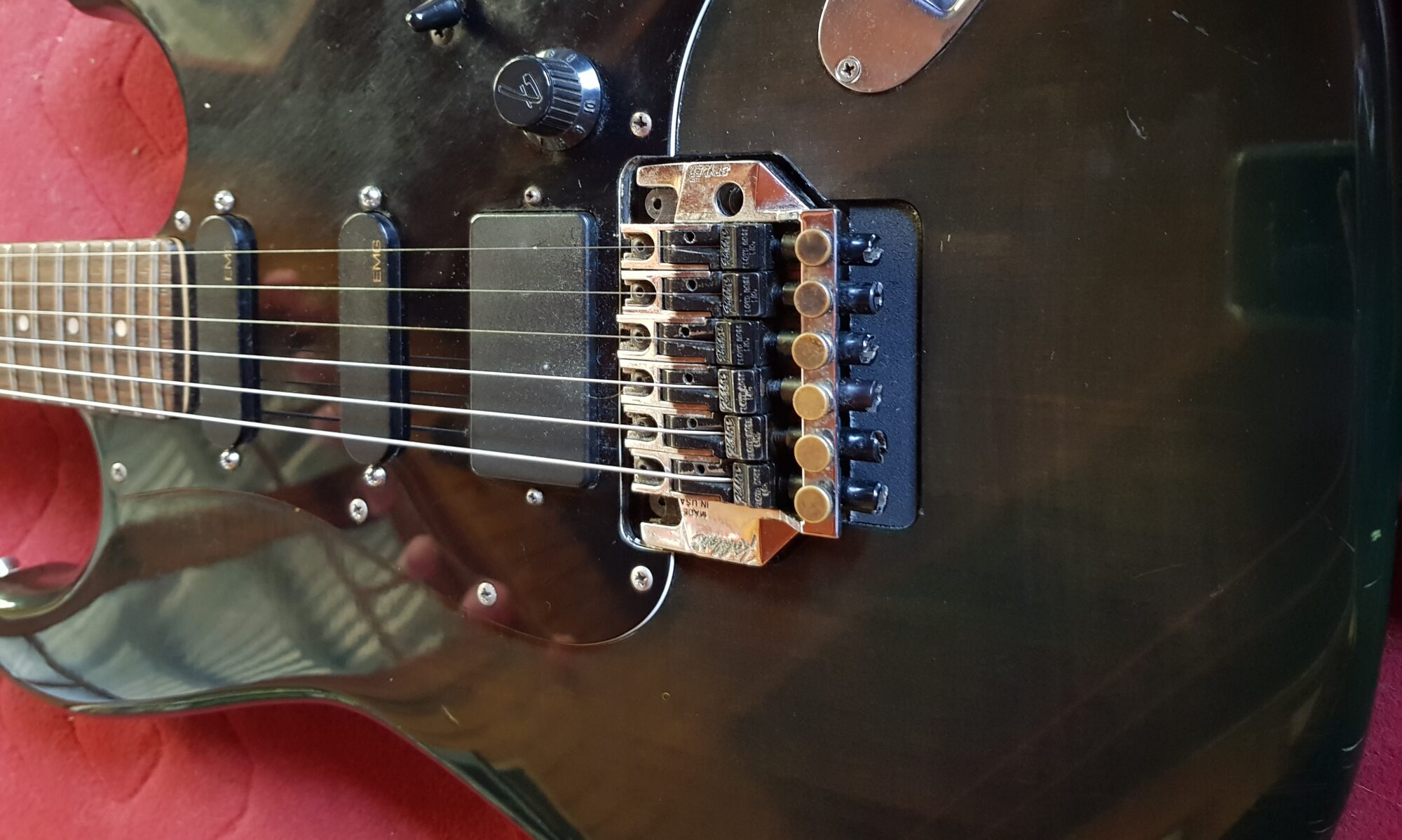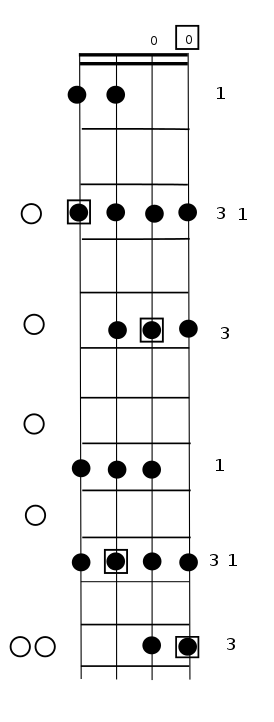Come along to my open days on Friday 28th January at Samford and Monday January 31st at The Gap. Book in for a trial lesson, free of charge. Say hello, and lets have a bit of a jam! All levels from beginner to veteran’s welcome! All ages welcome!
Teaching term will commence on Monday 31st January! I have openings in Samford and The Gap.
This is a piece with the help of my looper pedal. The first layer is a bass riff using the E minor pentatonic scale. Next comes some E9th chords. A third layer is 12th fre harmonics on the top three strings, which are an E minor chord. The total harmonic effect is of #9 and 9 juxtaposed – very bluesy. Then follows some soloing using the open position E minor pentatonic scale. A fourth layer is looped in with some funky Em7 chord, using a fifth fret shape. Then some more soloing up arround the 12th fret, still the E minor pentatonic scale!

